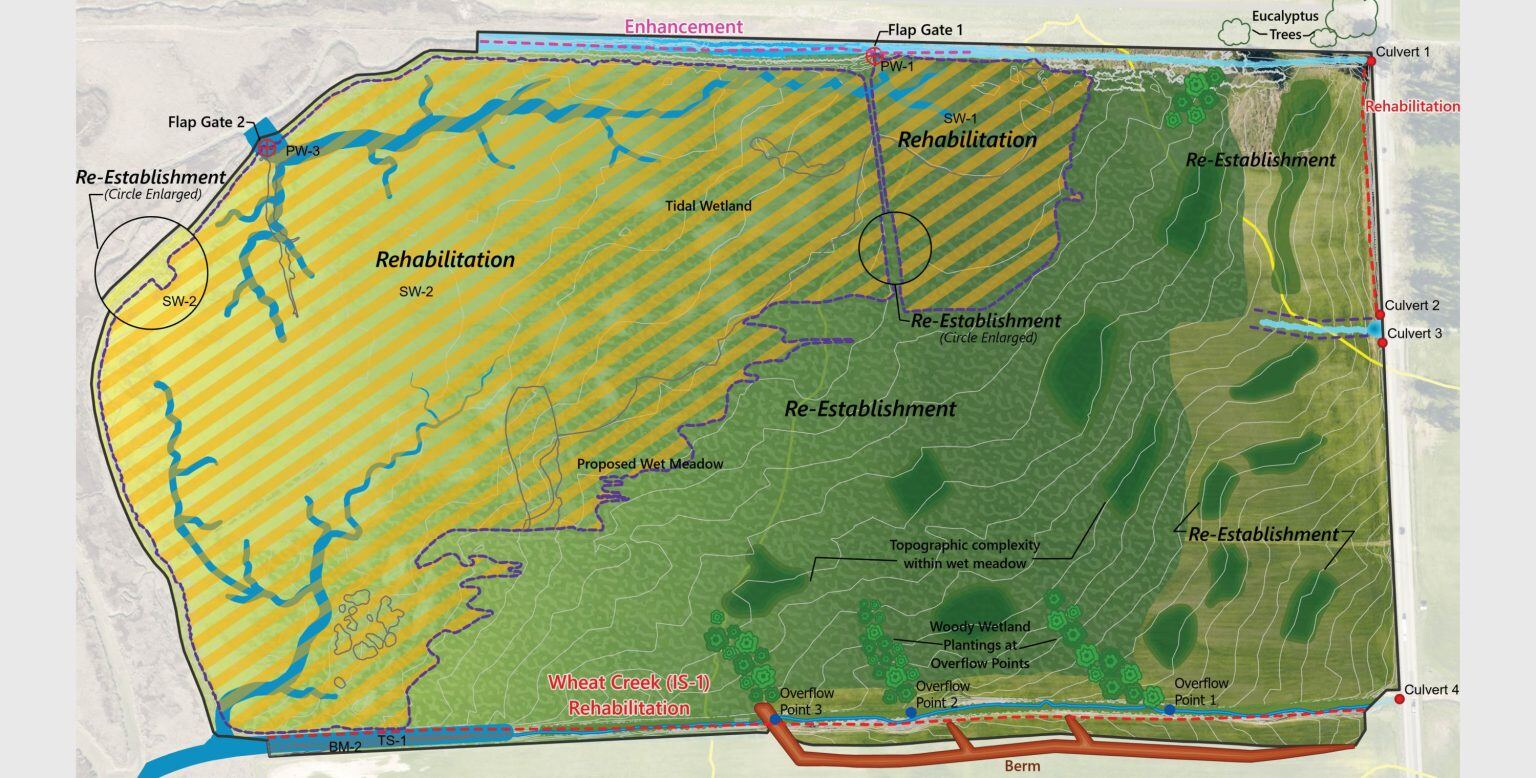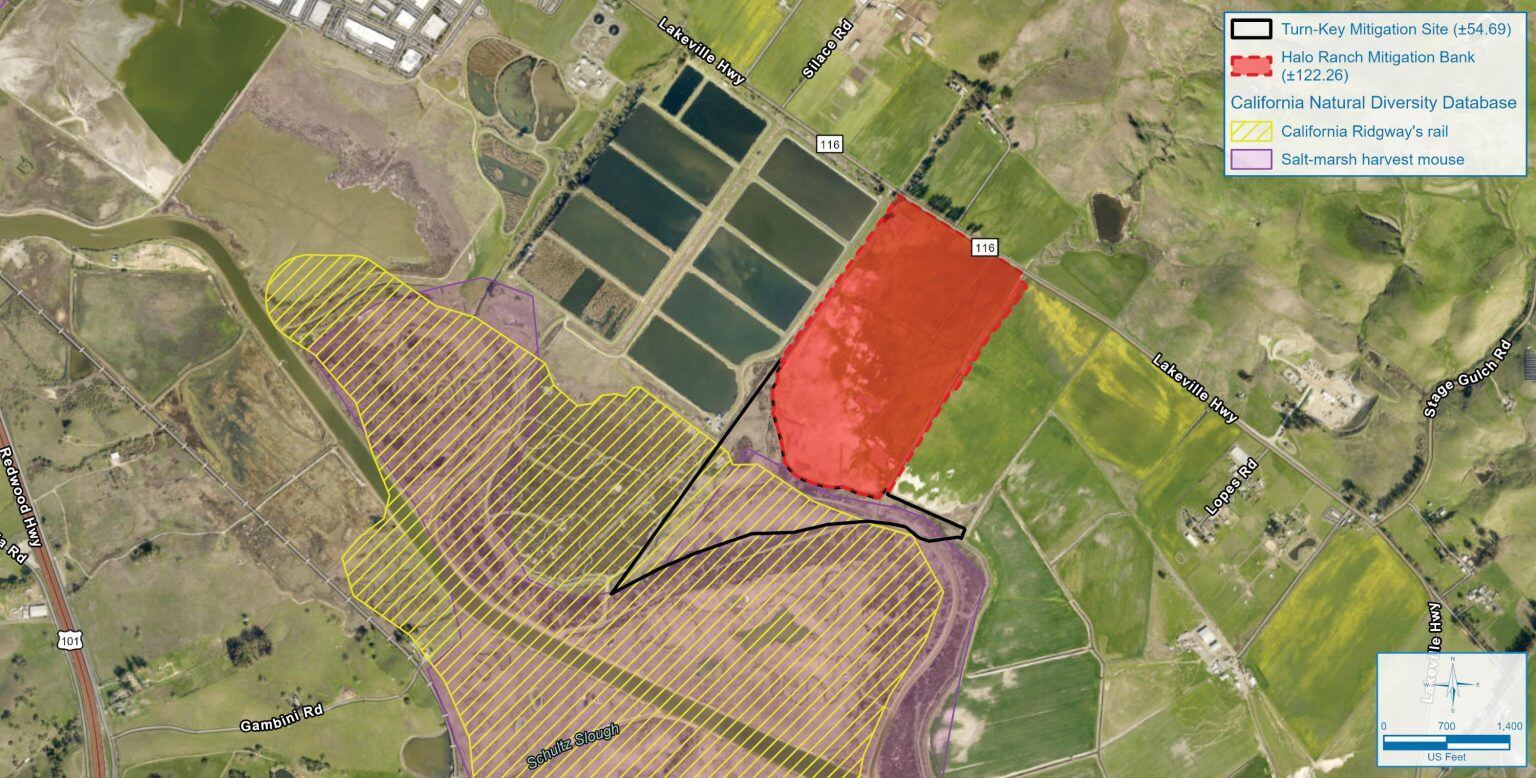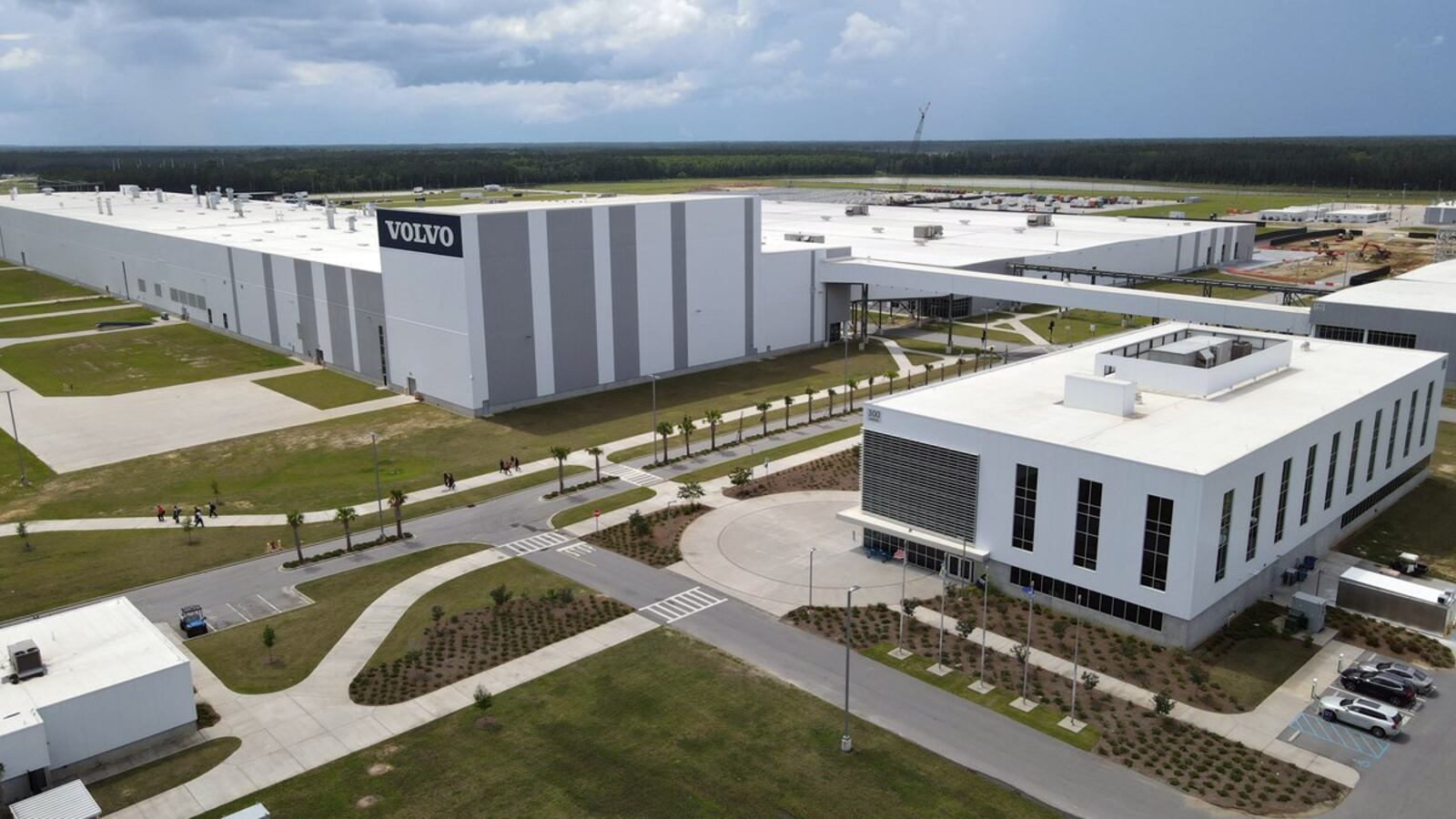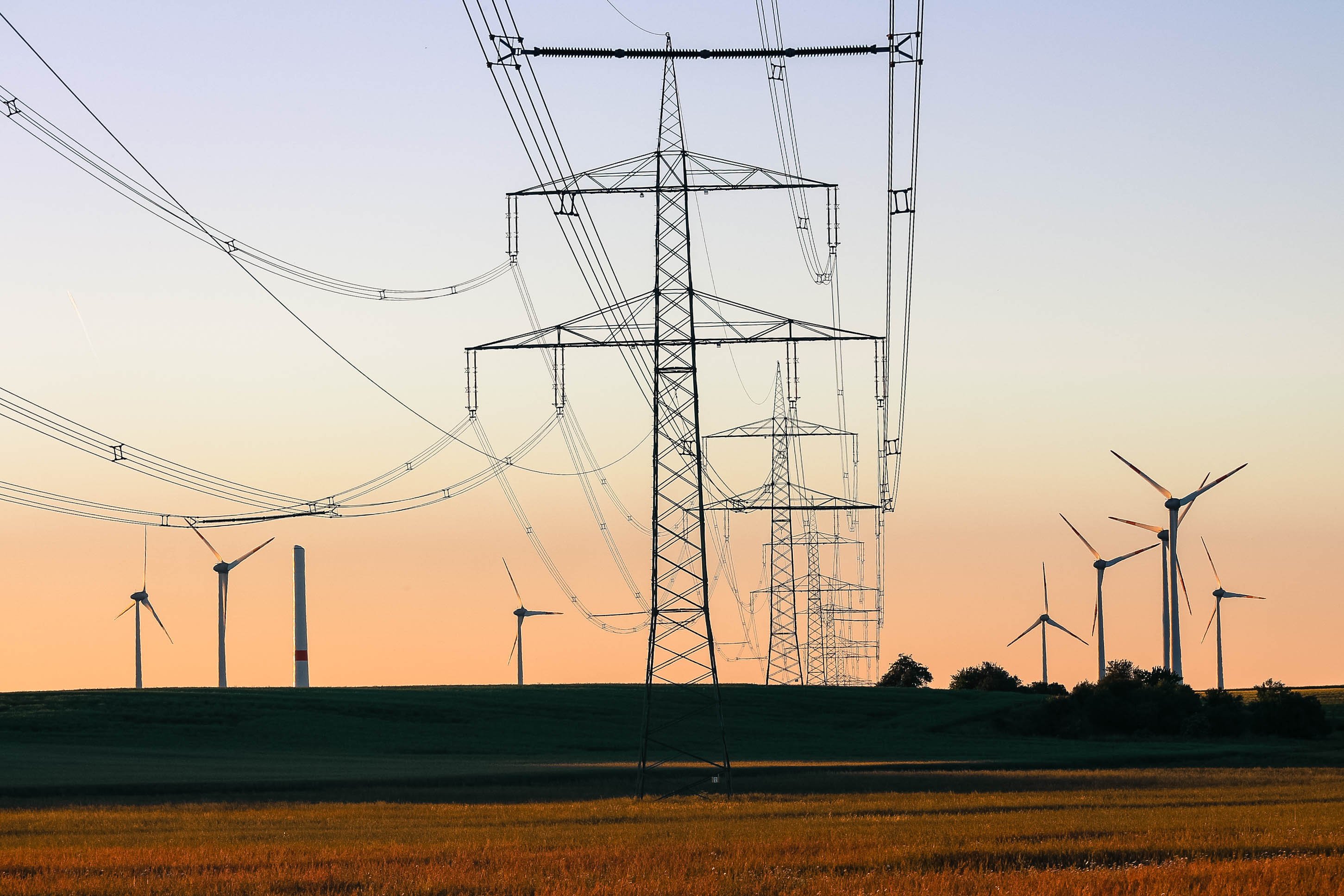Introducing Halo Ranch: Part of a resilient future for San Francisco Estuary
The San Francisco Estuary is one of the world’s truly unique tidal marsh systems. It’s also one of the most endangered, compromised by habitat loss from past development and threatened by the risk of future sea level rise.
California is fortunate to have strong and committed visions for restoring the marsh. Those efforts have given RES clear targets in siting, designing, and constructing the Halo Ranch complex, a unique site in the Petaluma River Baylands, just southeast of the City of Petaluma.
Halo Ranch Complex is a wetlands mitigation bank combined with an adjoining custom turnkey mitigation opportunity, designed to enhance habitat connectivity and long-term ecological resilience in the San Francisco Estuary. These restoration efforts play a key role in ecological recovery by revitalizing wetland and riparian ecosystems and protecting threatened tidal marsh species, including the salt marsh harvest mouse, California Ridgway’s rail, and black rail. Located in San Pablo Bay, Halo Ranch is a critical component of broader efforts to restore and sustain the estuary’s ecological health. Its restoration plan is built on a foundation of science, historical research, and regulatory guidance:
- Advancing statewide conservation goals – The project aligns with the State Water Resources Control Board’s criteria for siting mitigation banks based on watershed plans, ensuring that restoration efforts are strategically located for maximum ecological impact.
- Supporting federal restoration priorities – The U.S. Fish and Wildlife Service’s Recovery Plan for Tidal Marsh Ecosystems of Northern and Central California designates this site as a priority area, highlighting its importance for habitat recovery.
- Guided by historical science – RES collaborated with state and federal agencies to shape a science-based restoration approach, informed by the San Francisco Estuary Institute’s Petaluma Valley Historical Hydrology and Ecology Study, ensuring efforts align with the landscape’s original ecological functions.
- Enhancing climate resilience – Sea level rise and flooding models indicate that Halo Ranch will maintain critical high tide refugia, providing long-term habitat for wildlife facing changing environmental conditions.
With RES' science-driven approach and strategic location, Halo Ranch is an essential part of ongoing estuary restoration efforts, helping to ensure a resilient future for tidal marsh species and the broader ecosystem.







Historically, Halo Ranch was a complex of seasonally wet meadows, streams, and riparian habitats situated just upslope of the Petaluma River. The seasonally wet meadows and riparian areas transitioned to a tidal marsh abutting the Petaluma River. Over time, farmlands replaced the wetlands and riparian habitat, while levee construction severed the hydrological connection to the Petaluma River and San Francisco Estuary.
Conservation efforts created a foothold in the adjoining land west of the river – the Petaluma Marsh preserve. This became a key factor in the site selection criteria for Halo Ranch. Re-establishing the seasonally wet meadow, stream, riparian habitat, tidal marsh, and sloughs and connecting them to tidal marsh habitat already under protection expands the wildlife corridor in an optimal way.
The restoration of Halo Ranch will help create the conditions for a continuous, thriving wildlife habitat supporting recovery plans for the salt marsh harvest mouse, Ridgway’s rail, salmonids, longfin smelt, and other denizens of the unique San Francisco Estuary.
- Videos (45)
- Environmental Mitigation (44)
- Natural Resource Restoration (33)
- Landscape-scale Restoration (30)
- Species & Habitats (28)
- Water Quality (17)
- articles (17)
- California (16)
- Resiliency (15)
- Texas (15)
- Virginia (13)
- Pennsylvania (12)
- Regulatory (11)
- Technology & Innovation (11)
- Oregon (10)
- Klamath (9)
- Case Studies (8)
- Procurement (8)
- Research (8)
- Water Quantity (8)
- Studies & Reports (7)
- Case Study (6)
- Louisiana (6)
- Presentations (5)
- Storymap (5)
- Florida (4)
- Maryland (3)
- Urban Renewal (3)
- Video (3)
- Flooding (2)
- Illinois (2)
- Milwaukee (2)
- North Carolina (2)
- Restoration (2)
- South Carolina (2)
- Tennessee (2)
- Webinar (2)
- Wisconsin (2)
- Article (1)
- Bois Darc (1)
- Carpentersville Dam (1)
- Corporate Sustainability (1)
- Dam Removal (1)
- Economic Development (1)
- Environmental Restoration (1)
- Erin Delawalla (1)
- Justin Freedman (1)
- Mine Reclamation (1)
- Ohio (1)
- Podcast (1)
- Podcasts Audio (1)
- Suburban Chicago (1)
- Trees Planting (1)
- West Virginia (1)
- indiana (1)




